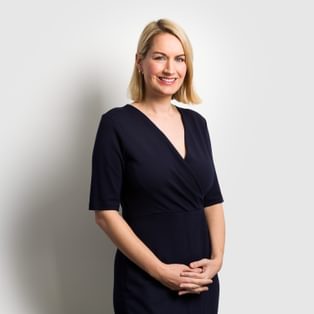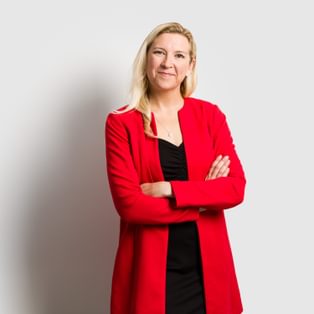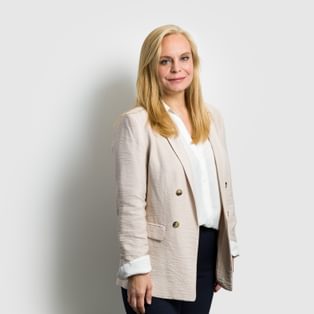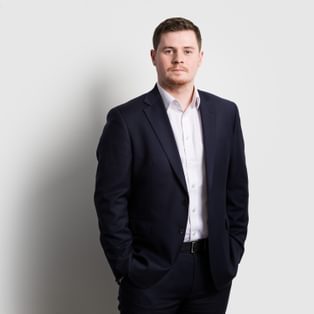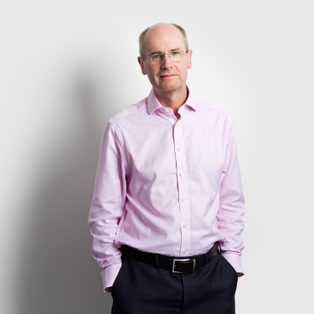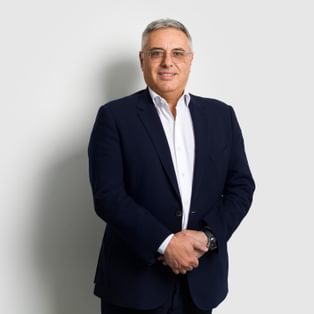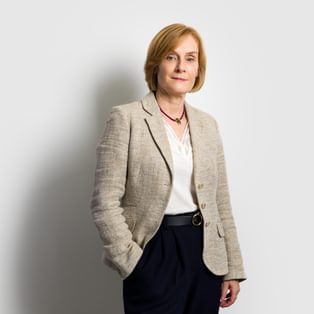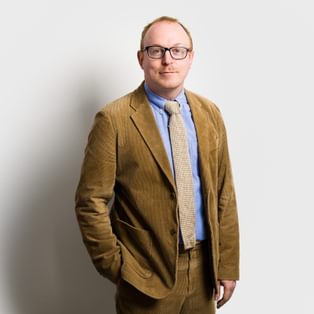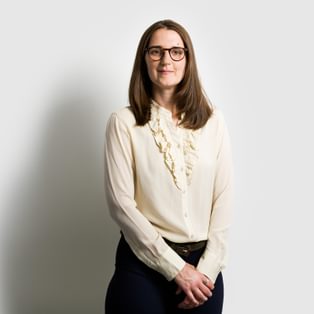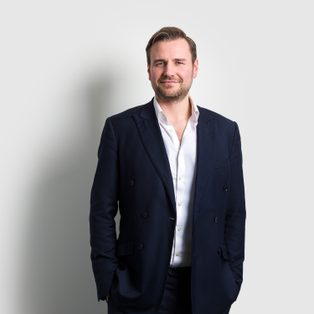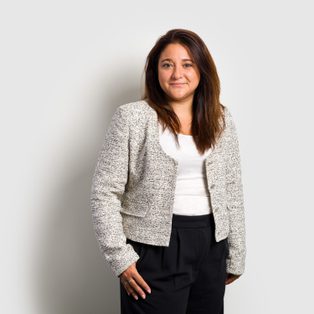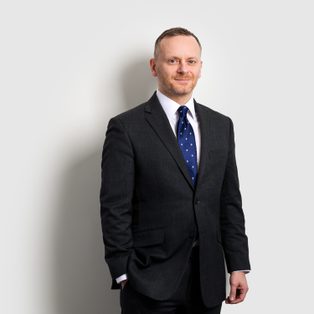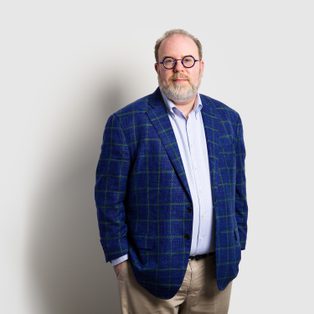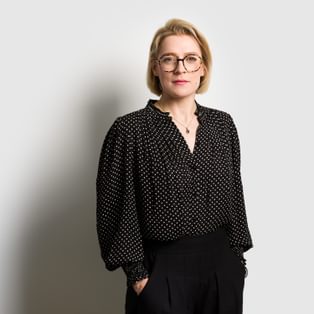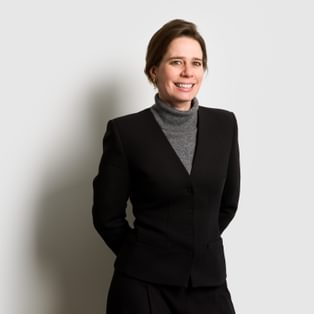A dispute concerning the screenplay for the 2016 Hollywood biographical comedy “Florence Foster Jenkins” (FFJ) – a film about a tone-deaf New York socialite who labours under the delusion that she is a talented opera singer – has this month produced a Court of Appeal decision centring on the parties’ own adjustment to reality. Apart from highlighting a perhaps lesser-considered pitfall of working with your other half, the judgment emphasises the practical difficulties of applying the test of joint authorship in English copyright law.
The matter first arrived at the UK’s Intellectual Property Enterprise Court (IPEC) in 2017, when screenwriter Nicholas Martin brought a claim against opera singer/children’s author Julia Kogan. Mr Martin and Ms Kogan had begun a romantic relationship in 2011, and lived together until the breakdown of their relationship in 2014. During that period, early drafts of the FFJ screenplay came into being. Whilst it was accepted that Ms Kogan had introduced Mr Martin to the real-life story of FFJ, little else about the creation of the script was agreed.
Mr Martin, who had made warranties of IP ownership when he sold the rights to the screenplay, was seeking a declaration that he was the sole author of the copyright. He accepted that Ms Kogan had provided some “factual observations” and insight into the world of music and musicians. He also accepted that she had acted as a critic and editorial commentator, occasionally contributing ideas for short lines of dialogue (which were never transposed by him verbatim), minor characters and dramatic events. However, he argued that he “wrote every word and made every decision about what should and should not be included”.
In response, Ms Kogan counterclaimed that she was the joint author with Mr Martin. She said the two of them had worked closely together, with Ms Kogan sometimes doing the typing. In any event, she alleged that they had “bounced ideas off each other with such speed, that it was impossible to know who came up with what… [their] ideas came thick and fast, snowballed and became inseparable”.
The law
The law on joint authorship of copyright works is set out in section 10(1) of the Copyright, Designs and Patents Act 1988, which says that “’a work of joint authorship’ means a work produced by the collaboration of two or more authors in which the contribution of each author is not distinct from that of the other author or authors” (emphasis added).
Whilst joint authorship is ultimately a “unitary concept”, case law has developed an understanding of each of the statutory components:
- “collaboration” has the idea of people undertaking “jointly to create a work with a common design”;
- “authorship” does not simply refer to the individual who “wields the pen” or “fixes” the copyright work, but also the “skill and effort involved in creating, selecting or gathering the detailed concepts, data or emotions which those words or lines have fixed”;
- any “contribution” must be “authorial” (i.e. that of an author) and “sufficient” (i.e. a “substantial” part of the whole work, judged from a qualitative and quantitative assessment); and
- “not distinct” means that the contributions are fused (and so neither party can rely on their distinct part).
In addition, the courts have developed a further, non-determinative, consideration; namely, the idea of who has the final say regarding what stays in the work (the so-called “ultimate arbiter”).
IPEC decision (first instance)
Mr Martin was successful in the IPEC, with Judge Hacon finding that he was the sole author of the screenplay.
On the question of collaboration, the judge could not reconcile the parties’ conflicting accounts. Whilst Judge Hacon was careful to state that he considered the evidence to represent each party’s “honestly held views”, he attributed the differences to the “unreliability of human memory” and ultimately placed “little, if any reliance on witnesses’ recollections” (instead, preferring “documentary evidence and agreed facts”.)
As to that documentary evidence on Ms Kogan’s “textual contributions” to the screenplay, Judge Hacon appeared to prefer the evidence of Mr Martin. In particular, he noted: Mr Martin’s standing as a screenwriter at the time; his strong reaction to Ms Kogan’s suggestion that they might write a script together; his being the “ultimate arbiter” of what went into the screenplay drafts; and certain email correspondence between the two (including an email where Ms Kogan had accompanied some of her proof-reading suggestions with the comment “please ignore whatever you please of what I say, this is totally your baby”).
Despite the evidential limitations, Judge Hacon was nevertheless able to come to a judgment, concluding that the “textual and non-textual contributions made by Ms Kogan never rose above the level of providing useful jargon, along with helpful criticism and some minor plot suggestions. Taken together they were not sufficient to qualify Ms Kogan as a joint author…even had those contributions all been made in the course of a collaboration”.
Court of Appeal decision
This month Ms Kogan had her appeal upheld, with the Court of Appeal ordering a retrial of the case. It disapprovingly concluded that the IPEC judgment had “adopted an erroneous approach to the evidence, failed to make important findings of primary fact, failed to take account of material matters and applied incorrect legal standards to the assessment of the sufficiency of Ms Kogan’s contributions”.
On Judge Hacon’s approach to the evidence, the Court of Appeal noted that “a proper awareness of the fallibility of memory does not relieve judges of the task of making findings of fact based upon all the evidence”. In any event, it considered that there was strong documentary evidence to suggest that the parties were collaborating on the screenplay at the outset, including an email in which Mr Martin referred to Ms Kogan as “[his] special collaborator”. Whilst failing to give proper credence to evidence in favour of Ms Kogan, the court considered that Judge Hacon had been too quick to interpret comments made by Ms Kogan as suggesting she truly considered Mr Martin to be the sole author (rather than “mere affectionate encouragement”).
The judgment was also critical of what it perceived to be the development by Judge Hacon of a “novel theory of his own”; namely, that it was clear from case law that “the significance of a contribution depended on the type of skill employed in making that contribution”, as well as a distinction between “primary skills required to create a copyright work and other secondary skills”. In particular, it noted that the IPEC judge had characterised a “primary skill” in a literary work or screenplay to be “the selection and arrangement of words in the course of setting them down” and “secondary skills” (for which there was supposedly a higher bar to show joint authorship) to include “inventing plot and character”. The court found that there was no basis for this distinction, and the person who contributed the ideas (such as plot and character) could be the “major author”. It noted, in particular, that a screenplay is more accurately described as a “dramatic work” under UK copyright law, where “the arrangement of situation and plot” was even more crucial than that of a “literary work”.
The Court of Appeal also conducted an assessment of Ms Kogan’s “six best contributions” as set out in the IPEC trial. Contrary to Judge Hacon’s findings, it found that Ms Kogan’s contributions generally were important (either in developing FFJ’s character or the plot). If provided in the course of a collaboration, it considered that these did “deserve to be placed on the scales together with the other evidence to assess whether the combined weight met the threshold for joint authorship”.
Conclusion
IP professionals (and no doubt their clients) will be well-acquainted with the statement that “copyright does not subsist in ideas, but in their expression”. However, this judgment reminds us that matters are not so straightforward. Provided the right criteria are met, a person who is not necessarily composing the words on the page (and might be regarded by the supposed principal creative as a mere sounding board) can find themselves promoted to the status of joint author. This, in turn, implies joint ownership and the need for both parties to reach agreement on the manner that they exploit the copyright.
For creatives embarking on a new project, the sensible move is to make sure that any co-workers or collaborators have assigned their copyright in advance of their starting work. This can clearly be a delicate matter in the context of romantic or plutonic relationships but, as can be seen from this case, the alternative (and the possibility of substantial legal costs) is hardly appealing. Whilst somebody might see themselves as the sole creative force behind a project, as FFJ might attest today, perceptions can be deceiving.





